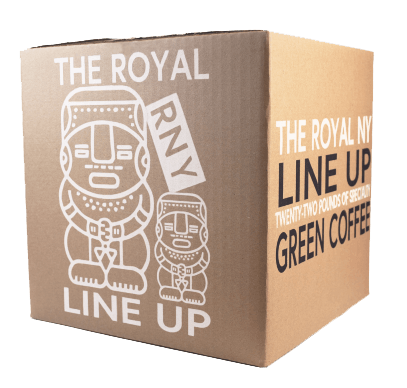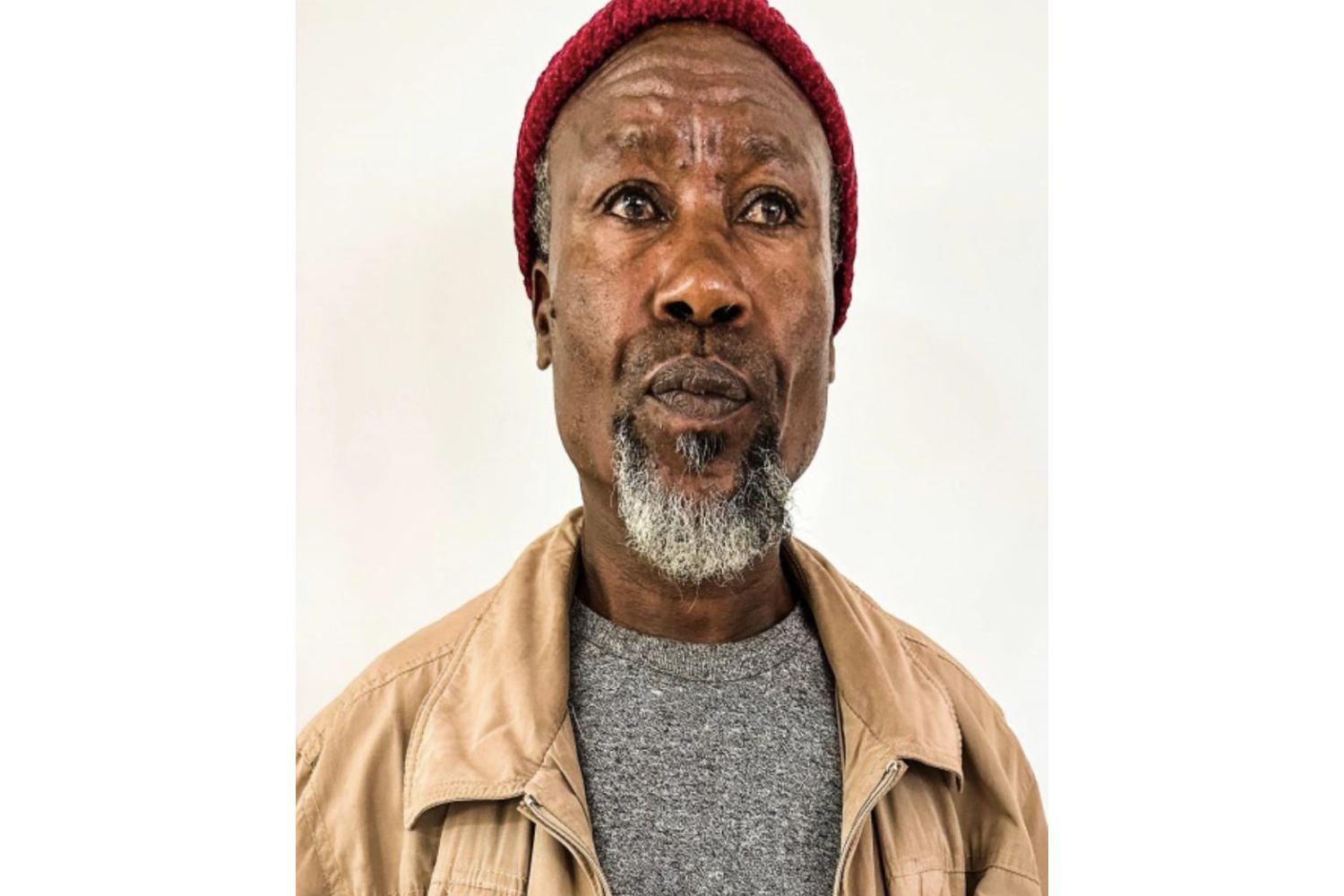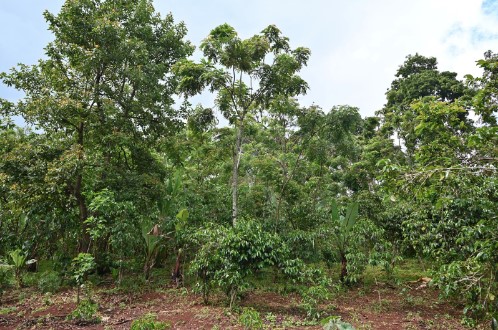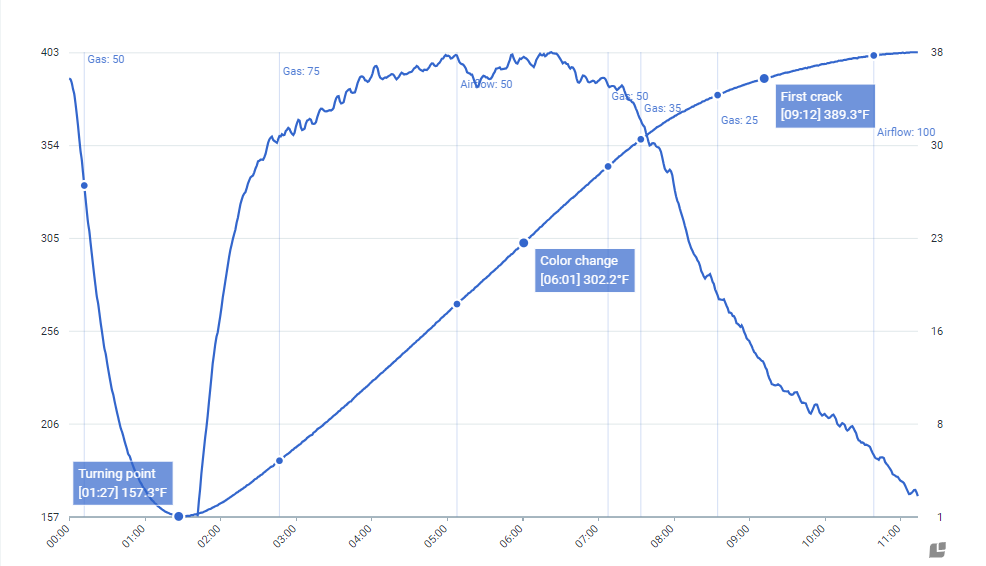No products in the cart.
SOURCED FROM
Ethiopia
PRODUCER
Kefyalew Obese
ELEVATION
1944 to 1944 meters
VARIETALS
Wolisho
PROCESS
Other, Raised Beds
HARVEST
November - February
CUPPING NOTES
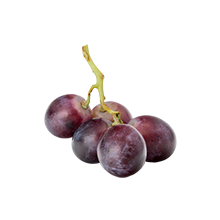
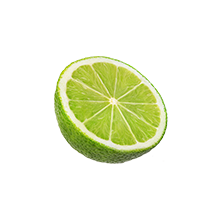


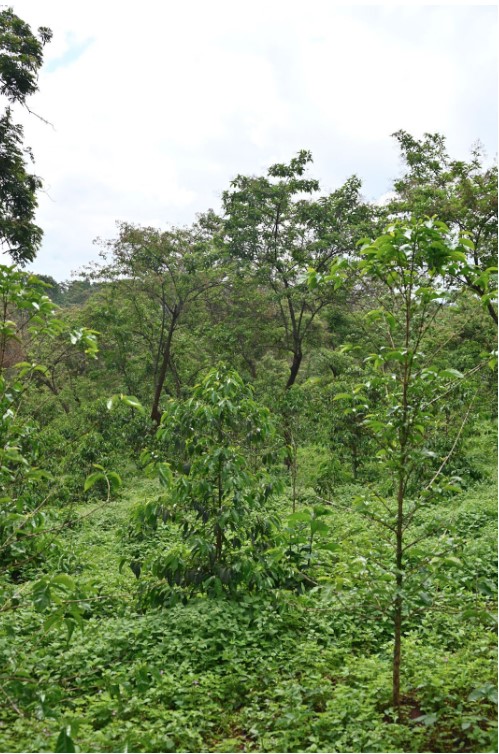
THE SOURCE
This lot from Yirgacheffe, Ethiopia is produced by Kefyalew Obese, a man who comes from at least four generations of coffee growers ...
READ MORE
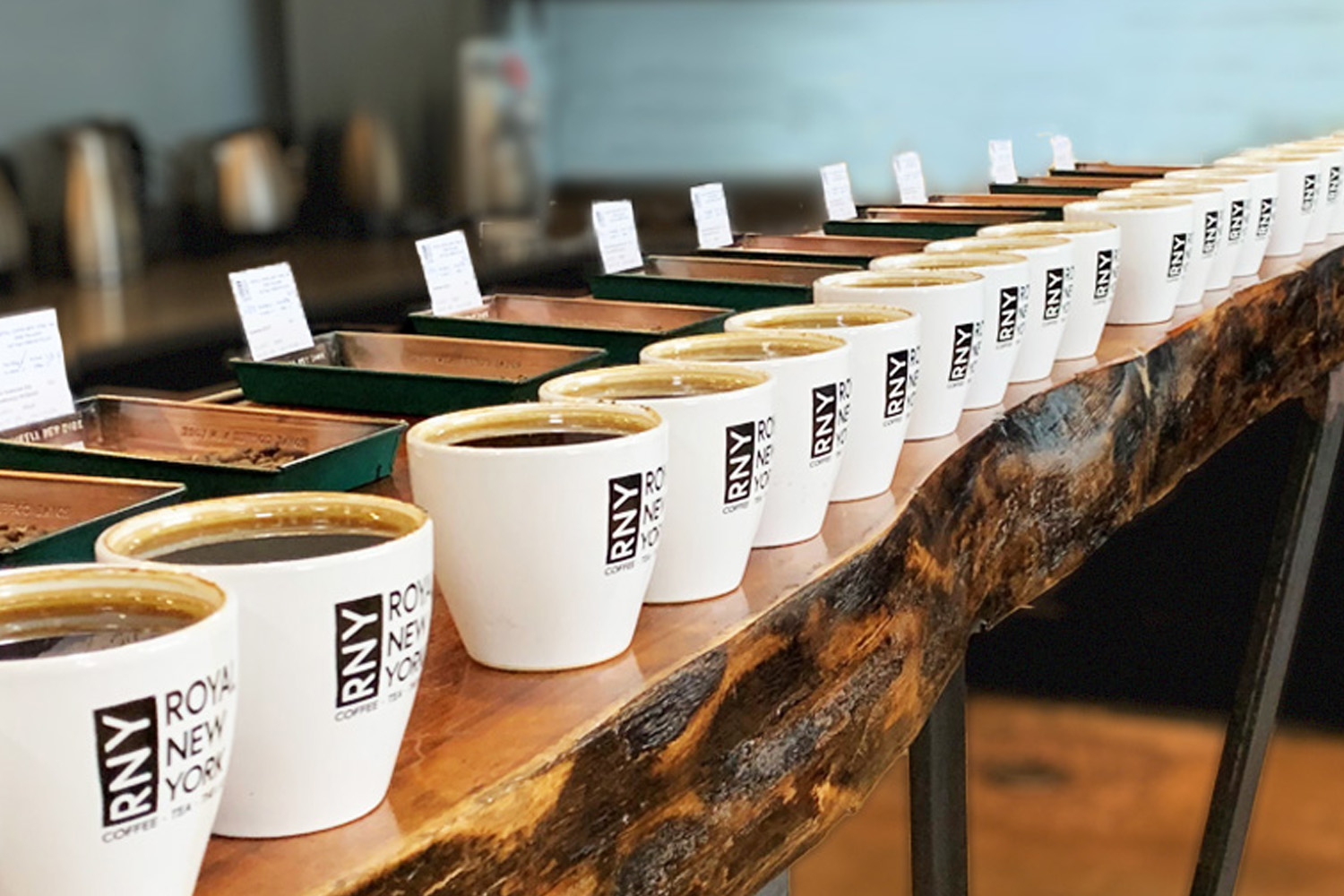
IN THE CUP
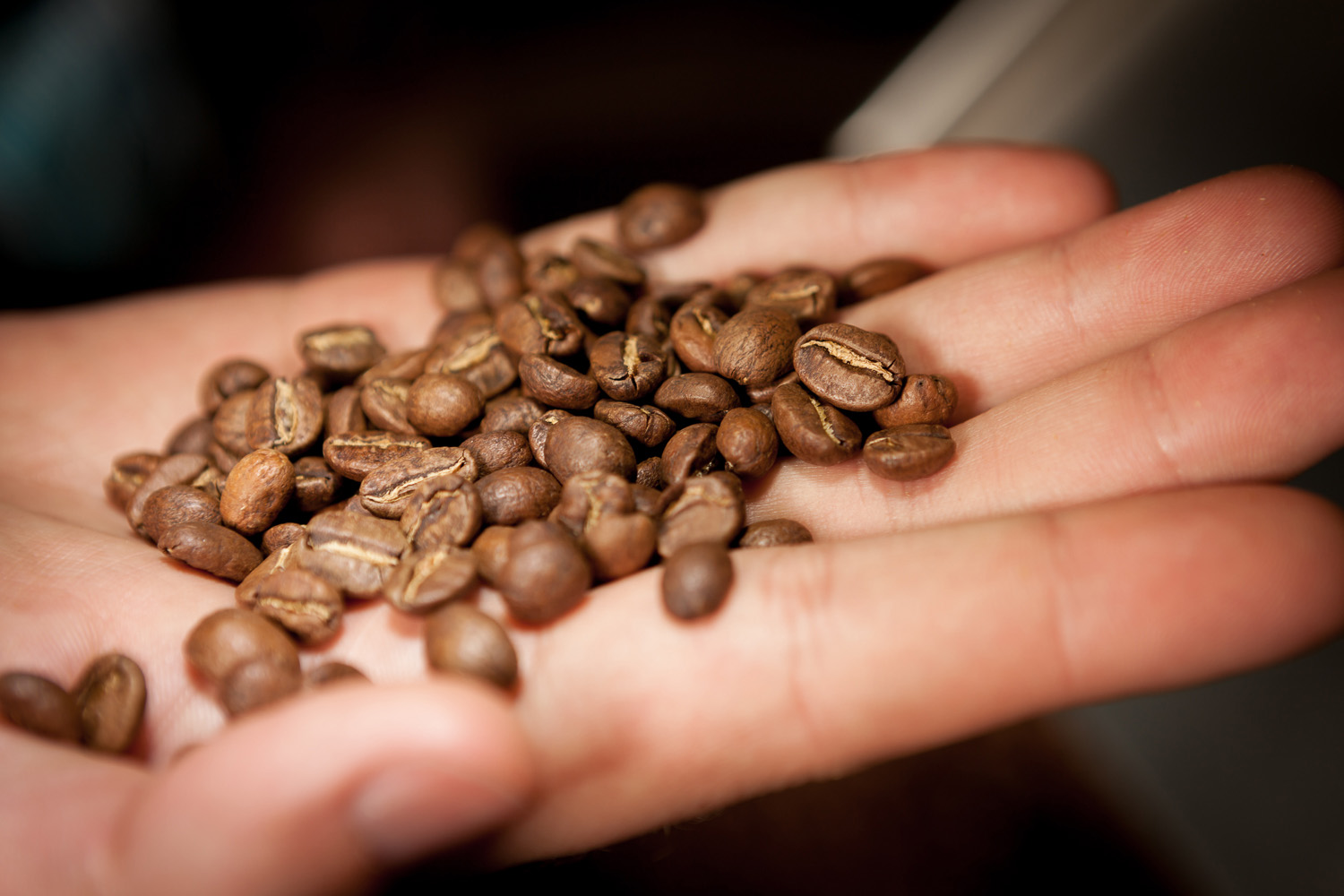
ROAST ANALYSIS
This offering from Yirgacheffe, Ethiopia is produced by Kefyalew Obese ...
READ MORE
READ MORE
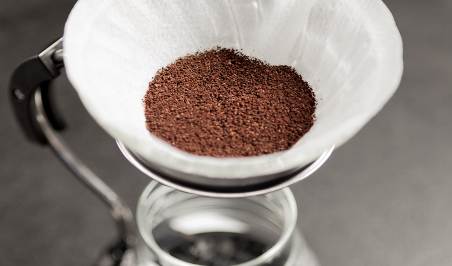
BREW ANALYSIS
The next step after roasting a production batch of this coffee was to put it back up on the cupping table ...
READ MORE
READ MORE
ABOUT
This lot from Yirgacheffe, Ethiopia is produced by Kefyalew Obese, a man who comes from at least four generations of coffee growers. After inheriting the 6-hectare farm from his parents in 2008, Kefyalew began producing Wolisho, a varietal typically found in the Ethiopian highlands. Co-operated with his child, Melesse, the Obeses are trained to pick cherries at optimal ripeness and are constantly experimenting with new processing methods and times. Their proven technique has been trying small lots in many different stations, followed by replicating the best station’s process and continuing in this way until a satisfactory product has been achieved.
CUPPING NOTES




ROAST ANALYSIS
BREW ANALYSIS
